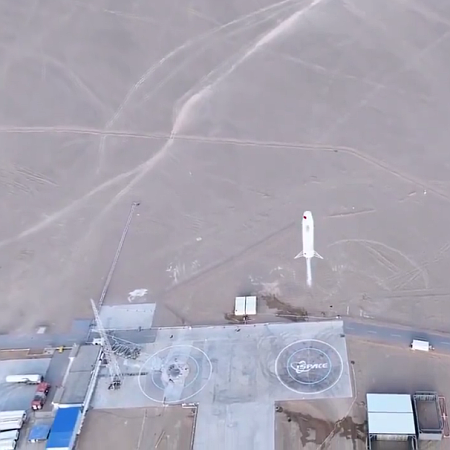Is the pushback against the bigots in academia finally and actually becoming real?

“Proclaim liberty throughout all the land unto all
the inhabitants thereof.” Photo credit: William Zhang
To end this week on a positive note, a plethora of stories in the past few days strongly suggest that the bigoted status quo in most universities in America is finally facing some real pushback, pushback that includes the arrests of lawbreaking protesters, actual budget cuts to universities for having racial quotas and promoting race hatred, and the passing of new legislation to better enforce the civil rights laws that have been on the books since the 1960s.
First we have the news out of Pennsylvania. Yesterday the state legislature, led by the Republican caucus, voted down a $33.5 million budget item for the University of Pennsylvania’s veterinary school, doing so expressly because of that university’s apparent toleration of anti-Semitism as well as its extensive Diversity, Equity, and Inclusion (DEI) program.
Annual state aid for Penn’s veterinary school normally draws strong bipartisan support in Pennsylvania’s Legislature and, earlier Wednesday, had won overwhelming approval in the Republican-controlled Senate.
However, it failed late Wednesday night in the House after the Republican floor leader spoke against it, saying Penn must do more to make it clear that it opposes antisemitism. “Until more is done at the university in terms of rooting out, calling out and making an official stance on antisemitism being against the values of the university, I cannot in good conscience support this funding,” GOP House Minority Leader Bryan Cutler said during floor debate.
Though the funding bill was supported by the entire Democratic Party caucus (whose base pushes these bigoted policies and so at heart so do the Democrats) as well as about 25% of the Republican caucus, it failed to gain the needed two-thirds majority to pass.
While this vote is a start, it hardly does enough. The state government still funds UPenn’s racial quota program, which includes programs that give favored treatment to women and minorities while discriminating against others, merely because of their sex or skin color.
Meanwhile at Brown University in Rhode Island, college officials called the police to have forty-one pro-Hamas students arrested for occupying a building.
» Read more












